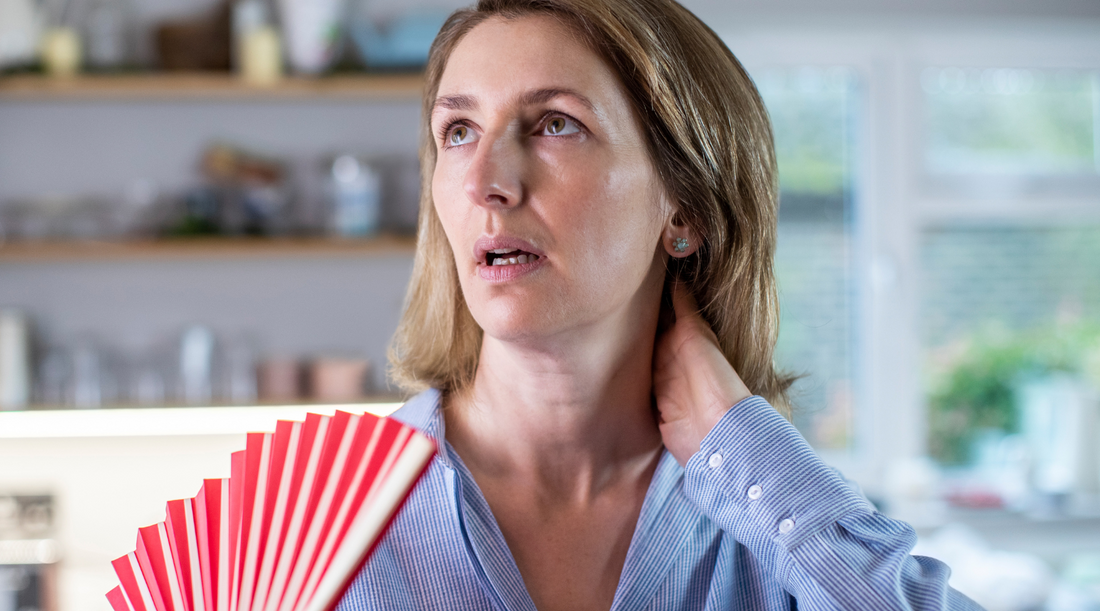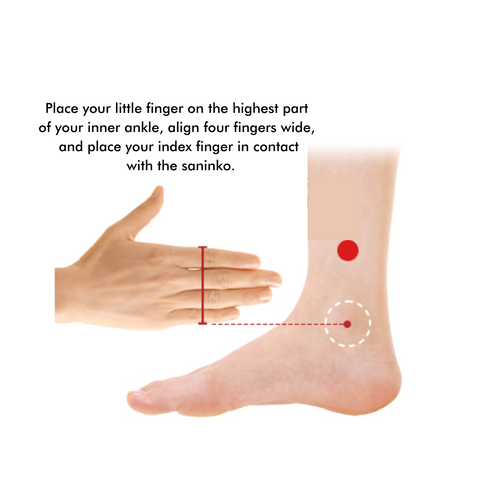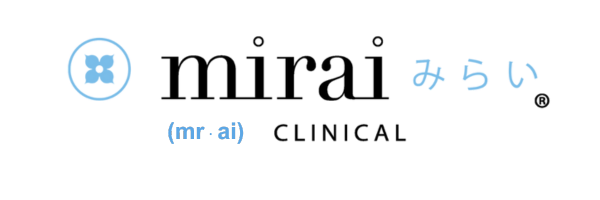
Why there is no word for "Hot Flashes" in Japanese.
Share
Why do Japanese women have fewer menopause symptoms?
Japanese women, often known for one of the longest longevity nations in the world, have a long history of using natural, lifestyle practices to ease menopause symptoms. These practices include balanced diet, regular exercises, essential oils, Chinese herbs, etc. One of the popular ones is acupressure points.
Which areas to work depends on the condition of yours, so we suggest you to try multiple areas and find which ones work for you.
7 acupressure points to ease menopausal symptoms

Acupressure is a form of alternative medicine that involves applying pressure to certain points in the body. These points are located along the meridians, which are invisible channels that are said to carry energy.
- Wrist (Shinmon)
Relieves tension in the body and mind. An all-purpose pot for those who are frustrated and stressed. It also improves insomnia when you can't sleep well and constipation when you can't sleep well.

- Between pinky and ring finger (Chusho)
Various regulatory functions decline with age. It is recommended for improving dizziness, ringing in the ears, dizziness on standing up, etc., by improving the regulation function of the whole body such as breathing, blood circulation, digestion, and absorption.

- Dent below the knee (Yoryosen)
Relieve muscle tension. Versatile for leg pain, knee pain, cramps, sciatica, and lower back pain.

- In front of the Achilles tendon
It promotes blood circulation (pumping function) in the calves and improves coldness, swelling, and cramps. Recommended points for detoxification that promotes the discharge of waste products.

- Highest part of your inner ankle (Saninko)
Also known as "women's acupuncture points," it improves hormone balance, growth, and aging-related regulatory functions, and improves women's menstrual problems. A versatile acupuncture point that responds to all kinds of women's troubles such as hot flashes, coldness, swelling, wrinkles, and sagging.

- Dorsum of the foot ( Taisho)
It enhances the body's regulatory functions, such as hormonal balance, moisture, and body temperature. It is recommended for improving eye strain, overactive bladder, etc. by regulating hot flashes and the action of tensing and relaxing muscles.

- MPT Joint (Daito)
Gastrointestinal function becomes active, cools down, and urges improvement of swelling. It is an all-purpose acupuncture point that balances the inner muscles and treats sagging skin and bunions.

Natural remedies for hot flashes
- In addition to the #5 and #6 as above, you could also press these 3.



- Cool the back of your neck and/or armpit with body wipes. You can even freeze the wipes in the freezer and take them with you on the go. It is a Japanese custom that people carry a handkerchief for drying hands after washing hands at public restrooms. So sometimes women wrap a small icepack in the handkerchief to bring with them too.


- Take a bath every day, even in summer. It is important to regulate your autonomic nervous system, so anything that you can relax from, such as meditation, yoga, is effective. In Japan, taking a bath at night is considered as meditative routine before sleep, so you can sleep better. The sweat at bath time is good sweat (slightly acid), and having good sweat helps activate sweat glands. If you want to know if your sweat is good quality or not, try our Sweat Test.
Technically there is a word for hot flashes in Japan: "Nobose", but it just simply means feeling hot, which is used to describing hot temperature in the bodies, not specifically meant for hot flashes from menopause.
We hope you try some of the tricks the Japanese ladies have used and work for you.
Menopause varies by country
In the United States, menopause is often thought of as a natural process that happens to all women. However, menopause can differ significantly by country. For example, in Japan, the average age of starting menopause is 51, while in the United States it is 52. Additionally, Japanese women tend to experience fewer menopausal symptoms than American women.
There are a variety of factors that can contribute to these differences. For instance, lifestyle choices such as diet and exercise can play a role. In addition, cultural attitudes towards menopause can affect how women experience the transition.
Despite these differences, there are some commonalities between countries when it comes to menopause. For example, hot flashes and night sweats are common symptoms that women experience during menopause. Additionally, many women report feeling more tired and having difficulty sleeping during menopause.
How do menopause symptoms differ in Japanese women?
According to the study by SWAN, a Study of Women Across the Nation in 2009, the Japanese have fewer menopausal symptoms. In fact, there is no Japanese word precisely for “hot flashes” as it relates to menopause symptoms. To be precise, there are words to describe it, but they are just general words such as “feeling hot suddenly” like that you get from eating spicy foods or hot temperatures.
The study says “for Japanese and Chinese American women, the term ‘‘menopause’’ as conceptualized in the medical sense had no direct translation in either of the two Asian languages. When contemplating menopause, they thought of ‘‘getting old,’’ being ‘‘over the hill.’’ For Japanese-speaking groups, the years from the late 40’s through the 50's covered the transition called ‘‘kounenki’’ - a phrase associated with a time of ‘‘maturity or harvest.’’
